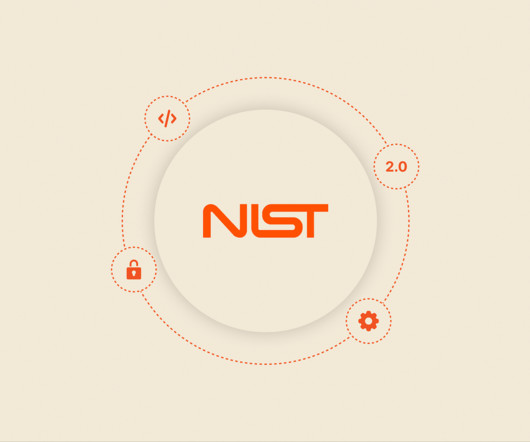A Toolkit to Build Enterprise Resiliency
eBRP
NOVEMBER 12, 2024
This continuous validation enhances managements confidence and improves response readiness across the organization. The Toolkit supports closed-loop Process Improvement, identifying and mitigating vulnerabilities, and ensuring alignment between recovery capabilities and objectives.



















Let's personalize your content